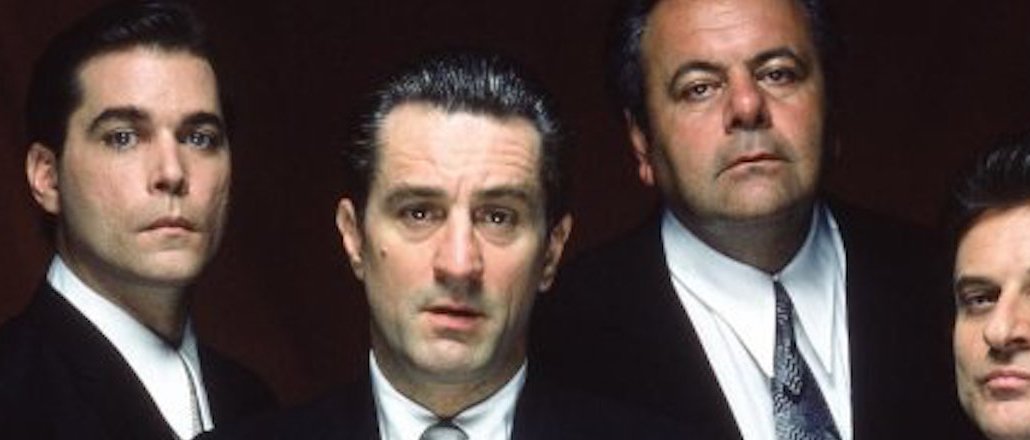What the platform power play with power users means for brands

For years, major social media platforms have been happy to allow enterprising users amass large fandoms on their platforms and, in turn, monetize those followings by working directly with brands. It simultaneously exhibited the power of their networks for individual users and acquainted brands with the platforms.
But those days are quickly becoming a vestige of the past; increasingly, platforms are asserting more control over how brands and users transact on their platforms by either co-opting — or, in some cases, forcibly wresting away — the business models created by these cottage industries.
Submitted as evidence:
- Google-owned YouTube recently changed its advertising policies such that YouTube personalities can no longer serve ads over their videos unless that transaction is conducted through Google. Previously, YouTube personalities were able to make these deals independently, allowing them to retain all the revenue.
- Pinterest imposed a ban on affiliate links last week, a technology that allowed Pinterest’s most powerful users to prove they were sending traffic to brands’ websites and, in turn, make money. The decision came amid reports Pinterest was working on adding a “buy” button to posts, thus turning it into an e-commerce platform. Some speculated the crackdown was to prevent affiliate marketers from interfering with Pinterest’s e-commerce plans.
- Two weeks ago, Twitter acquired Niche, a startup that brokers sponsored-content deals between Internet celebrities and brands. While Niche’s network encompasses many platforms, its specialty is video sharing app Vine. In acquiring Niche, Twitter can now earn revenue from these deals (it wasn’t earning a dime from them before).
- In November, Facebook cut news feed distribution for posts it deemed “too promotional.” Many small business owners relied on such posts to sell their products, and bemoaned the change as harmful to their businesses. Last week, Facebook rolled out a new ad product solely for promoting products.
- In January, Tumblr launched Creatrs Network, an in-house agency designed solely to broker sponsored-content deals between brands and Tumblr’s most popular account holders.
It’s unclear as to why these platforms have made similar decisions so closely to one another. What is clear, however, is that these “open” platforms see a material benefit in being a bit more “closed.”
“The days of free access are behind us, and social networks are increasingly holding the power,” said Jill Sherman, DigitasLBi’s svp of social and engagement strategy.
These decisions make sense from a business standpoint; platforms can now earn revenue from transactions they were previously not part of. But they come at the risk of upsetting the platform’s most dedicated users.
YouTube creators were downright livid about Google’s encroachment on their display ad business.
This is the biggest load of horse shit @YouTube @google has ever done. My work isnt THEIR business – https://t.co/KpzDNIeg8x
— Jayztwocents (@JayzTwoCents) February 20, 2015
Many of Pinterest’s most dedicated users rely upon affiliate links as their sole source of revenue, according to HelloSociety, a network of Pinterest influencers (or “pinfluencers”).
“When Pinterest adds a buy button, they don’t want users clicking on an affiliate link instead (paying the affiliate and not Pinterest),” Jason Goldberg, head of retail at digital agency Razorfish, told Digiday. “But Pinterest has to be careful; their lifeblood is the content that users — particularly power users — put on their site. If Pinterest suddenly became an unappealing place to share pins, then Pinterest would lose their audience and have no traffic to monetize.”
Frank Sinton, CEO of mobile video ad tech company Beachfront, said that these new restrictions will cause some Internet celebrities to create their own apps and websites where they engage their fans and advertisers directly. That is, collect 100 percent of ad revenue.
The challenge of moving off a major platform is convincing your fans to follow. Platforms are powerful because they deliver eyeballs in spades. Without their scale, Internet stars would never have become stars at all.
Sinton said that among YouTube stars who have created their own websites and apps, the most successful have an audience that’s 20-30 percent the size of what they enjoyed on YouTube. And he sees this as a viable strategy.
“When the creator promotes it, the fans move,” he told Digiday.
Other were more skeptical of this model.
“It’s hard to imagine that the power users, even the most powerful among them, will be able to subsist on their own,” according to Jordan Bitterman, chief strategy officer at media agency Mindshare. “Many power users aim to monetize directly, but the audience and revenue of platforms like YouTube are still the most important tool in their arsenal.”
So while the move toward a more regulated system may leave some disgruntled, those affected may just have to bear it.
“All content creators — from publishers to brands to people — have become dependent, to various extents, on today’s major platforms,” Bitterman said.
Image courtesy IMDb
More in Media

YouTube is under fire again, this time over child protection
Adalytics Research asks, ‘Are YouTube advertisers inadvertently harvesting data from millions of children?’

Media Briefing: Publishers pump up per-subscriber revenue amid ad revenue declines
Publishers’ Q2 earnings reveal digital advertising is still in a tight spot, but digital subscriptions are picking up steam.

Lessons for AI from the ad-tech era: ‘We’re living in a memory-less world’
Experts reflect how the failures of social media and online advertising can help the industry improve the next era of innovation.
Ad position: web_bfu